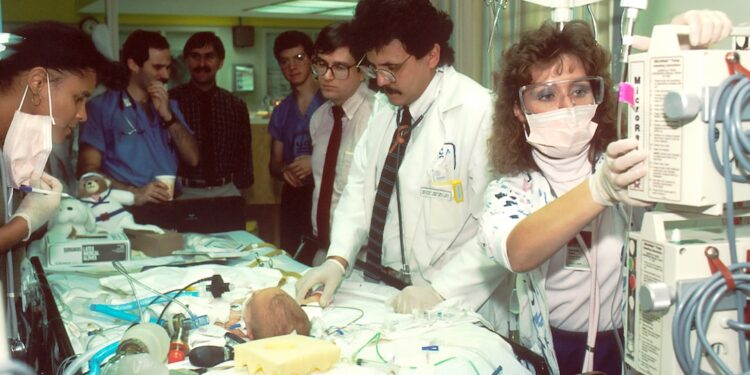PRP vs. Traditional Treatments: Which is Best for You?
PRP treatment, also known as Platelet Rich Plasma Therapy, is a revolutionary new approach to treating a variety of musculoskeletal injuries and conditions. PRP therapy uses the patient’s own blood to create a solution that is rich in platelets, growth factors, and other healing agents. This solution is then injected into the affected area, promoting rapid healing and reducing inflammation.
But how does PRP treatment compare to traditional treatments? And which is best for you? In this article, we will explore the pros and cons of PRP therapy versus traditional treatments.
Traditional Treatments
Traditional treatments for musculoskeletal injuries typically include rest, ice, compression, and elevation (RICE therapy), physical therapy, pain medications, and in severe cases, surgery. While these treatments can be effective in addressing pain and inflammation, they do not address the underlying cause of the problem – damaged tissue.
For example, if you have a torn rotator cuff, traditional treatments may help you manage pain and inflammation, but they will not actually repair the torn tissue. This can result in long-term pain, decreased range of motion, and decreased function.
PRP Treatment
PRP treatment, on the other hand, is designed to not only address pain and inflammation but also to promote rapid healing and tissue repair. By using the patient’s own blood, PRP therapy harnesses the body’s natural healing mechanisms to encourage tissue regeneration and repair.
PRP therapy has been shown to be effective in treating a variety of musculoskeletal injuries and conditions, including:
– Tendonitis
– Frozen shoulder
– Tennis elbow
– Plantar fasciitis
– ACL injuries
– Rotator cuff tears
– Osteoarthritis
PRP therapy is safe, minimally invasive, and has few side effects. There is also little to no recovery time, meaning you can return to your normal activities almost immediately.
Which is Best for You?
So, which is best for you – traditional treatments or PRP therapy? The answer depends on your specific injury or condition, as well as your goals for treatment.
If you have a mild injury that does not require surgery, traditional treatments may be effective in managing pain and promoting healing. However, if you have a more severe injury that is not responding to traditional treatments or if you want to promote rapid healing and tissue regeneration, PRP therapy may be the better option.
Additionally, PRP therapy may be a good option if you want to avoid surgery or if you have already undergone surgery but are still experiencing pain or limited function.
Conclusion
In conclusion, PRP therapy is a revolutionary new approach to treating musculoskeletal injuries and conditions. Compared to traditional treatments, PRP therapy promotes rapid healing and tissue regeneration, resulting in improved function and reduced pain.
However, the best course of treatment for you will depend on your specific injury or condition and your goals for recovery. Consult with a qualified medical professional to determine which treatment option is best for you.
Publisher Details:
Dynamic Regenerative Medicine
https://www.dynamicregenmedicine.co.uk/
“Looking for a new way to effective pain or injury treatment and effective hair loss treatment? Dynamic Regenerative Medicine has the answer. Our cutting-edge treatments use the latest technology and research to stimulate hair follicles and to speed up the repair and recovery of damaged tissues. Say goodbye to aches and pains and hello to a new, healthier you. Visit dynamicregenmedicine.co.uk to learn more.”














